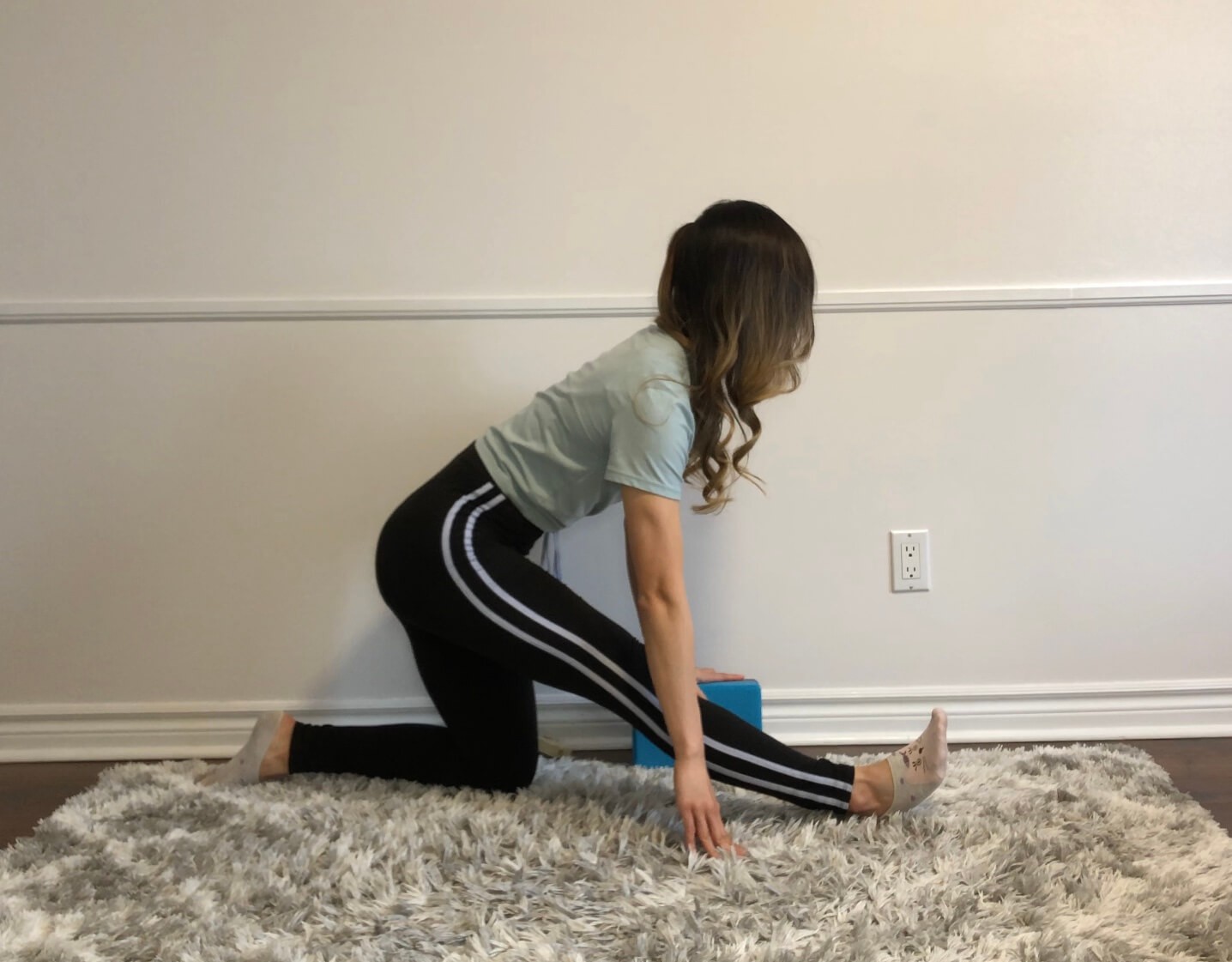Achieving the splits is a common fitness goal, often associated with childhood flexibility. But is it possible to learn the splits as an adult, specifically at 20? The good news is, with consistent practice and the right approach, most healthy adults can work towards and potentially achieve the splits, even if they’ve never been flexible before.
Understanding Flexibility and the Splits
While some individuals possess natural flexibility, the ability to do the splits is largely acquired through training. Author Thomas Kurz, in his book “Stretching Scientifically,” dispels the myth that most people are physically incapable of the splits. He emphasizes that joint structure and ligament length are rarely insurmountable obstacles (2).
Anatomical Considerations
There are, however, certain anatomical factors that can influence an individual’s potential for achieving the splits.
Hip Structure: Coxa Vara
A condition called Coxa vara, characterized by a decreased angle in the hip joint, can limit hip rotation and make the splits more challenging (3). Conversely, individuals with Coxa valga, an increased hip angle, might find it easier to attain the splits.
Hip Flexors: Psoas Muscles
Tight or weak psoas muscles, crucial for hip flexion, can also hinder progress toward the splits. The psoas major muscle connects the lower spine to the femur, and tightness in this area restricts hip rotation, making it harder to achieve a true front split (4). Prolonged sitting and lack of stretching contribute to psoas tightness.
Assessing Your Potential: The Side Split Test
A simple test can help gauge your potential for achieving the front splits:
- Place one leg on a hip-height surface like a chair or table.
- Ensure your hips are aligned with the raised leg.
- Repeat on the other side.
Successfully performing this “half split” indicates a good foundation for working towards a full front split. However, consult a healthcare professional if you have any prior hamstring injuries or concerns.
Age and Flexibility
While flexibility tends to decline with age, it’s still possible to improve it at any age. Consistent stretching and activities like yoga or Pilates can significantly enhance flexibility even in your 40s or 50s (6).
A Beginner’s Stretching Routine for the Splits
The following stretches target key muscle groups for the front splits: calves, hamstrings, and hip flexors. Remember to use proper form and consult a professional if needed.
1. Standing Calf Stretch with Bent Knee
2. Goddess Stretch
3. Wide Leg Forward Fold
4. Pyramid Stretch
5. Low Lunge with Side Stretch
6. Half Split Hold
Conclusion
Learning the splits at 20 is a realistic goal with dedication and patience. Consistent stretching, proper form, and an understanding of your body’s limitations are crucial for success. Remember to listen to your body, progress gradually, and celebrate your improvements along the way.

